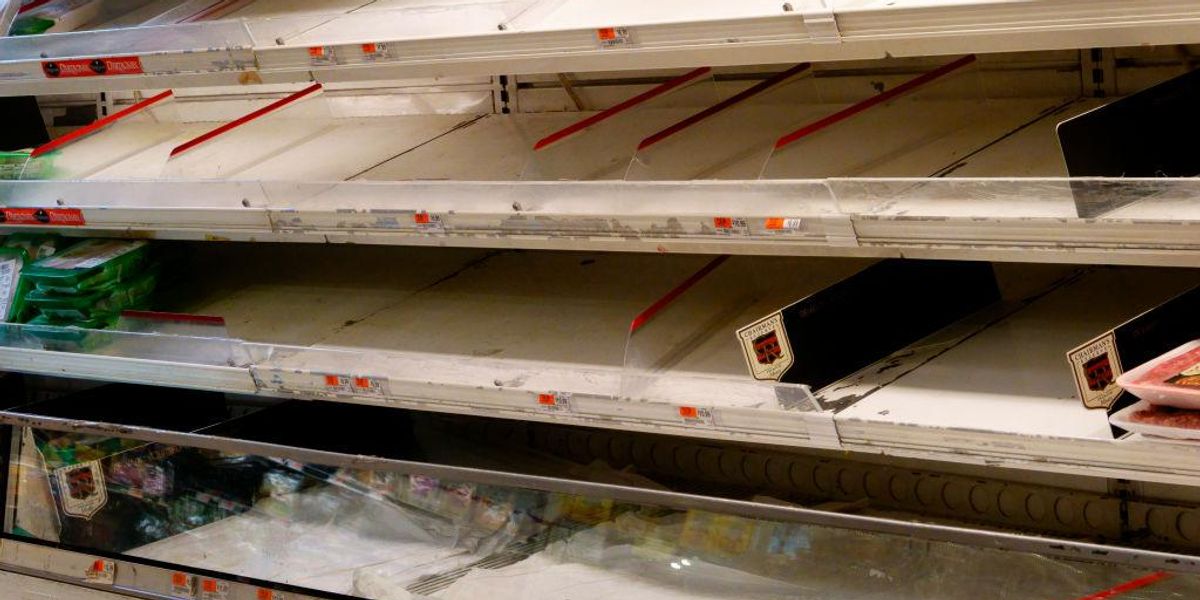Citing drought, high feed costs, and other mounting production expenses, farmers are reportedly downsizing their cattle herds. For American consumers, this means higher prices for beef.
According to Reuters, U.S. government data indicated that on July 1, ranchers had reduced available cattle by 2% from their 2021 numbers, such that the amount now stands at its lowest level in nearly seven years. Fewer cows mean increased prices, which — compounded further by higher labor and fuel costs — are passed onto shoppers.
During such herd reductions, a temporary boost in supply can be expected, but as the cows slaughtered are precluded from reproducing, the medium-term result is more expensive meat.
One such reduction occurred in Texas last week. The exchange at the livestock market in Decatur allegedly saw a 50% increase, from the 1,500 head normally received, in the number of cattle taken to auction.
Rancher Martin Muñoz told WFAA that he had run out of water to feed his cattle. With hay said to be too expensive and Muñoz’s grass killed by the drought, he felt that he had no other option. “I’ve got a family I need to feed. I need to swap in some cattle.”
The CEO of the National Cattlemen’s Beef Association, Colin Woodall, told Fox Business: “We do expect the prices to continue upwards, but everybody has to remember that it’s not cattle producers setting that price.” He underlined that “It’s all about costs … and that is everything from the cost of feed, cost of hay and cost of diesel for tractors, diesel for the truck, fertilizer costs.”
The hike in beef prices — the price of ground beef has soared 10% since last year — is prompting many Americans to instead purchase chicken, even though chicken prices increased by 20.1% in the last quarter of 2021.
Tyson CEO Donnie King noted that while “consumer demand for protein remains relatively steady,” the company has observed “specific strength” in its chicken segment. He also projected that prices for beef will be on the rise over the next two years.
While inflation rose to 9.1% in June, at the same time, food inflation increased by approximately 12.2%. The USDA’s food price outlook predicted that in 2022, “foot-at-home prices are predicted to increase between 10.0 and 11.0 percent, and food-away-from-home prices are predicted to increase between 6.5 and 7.5 percent.” The report suggested that food inflation would continue to rise in 2023, albeit at a rate between 2% and 3% for food at home and 3% and 4% for food away from home.
